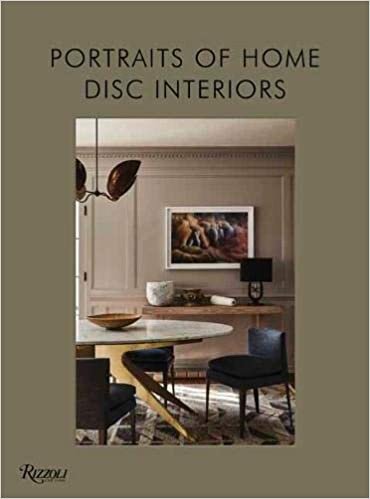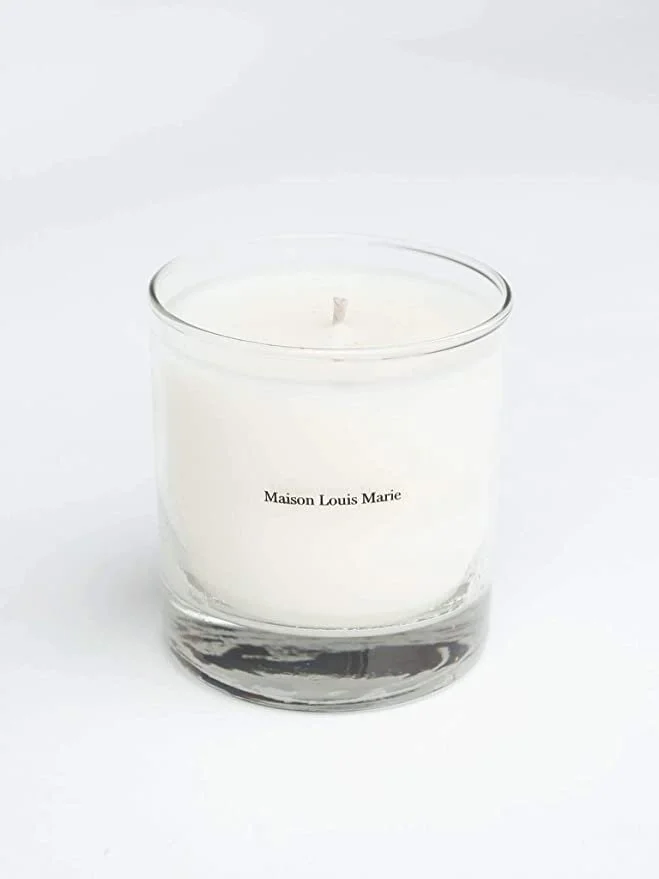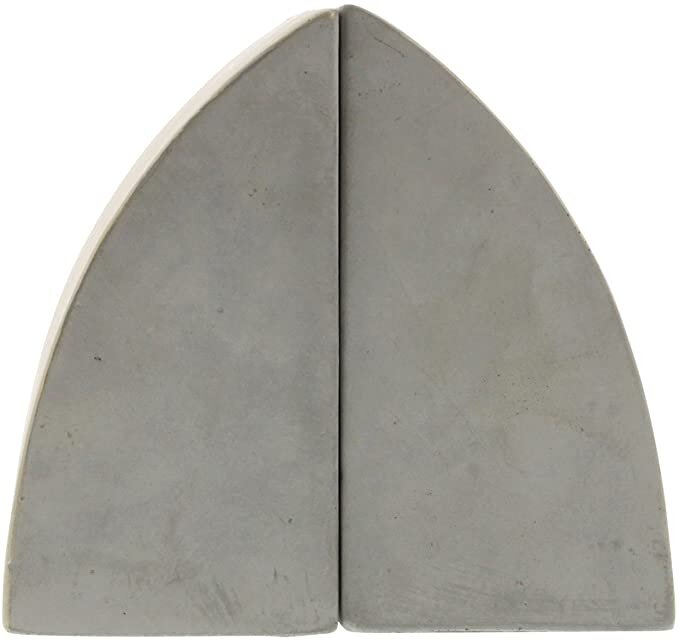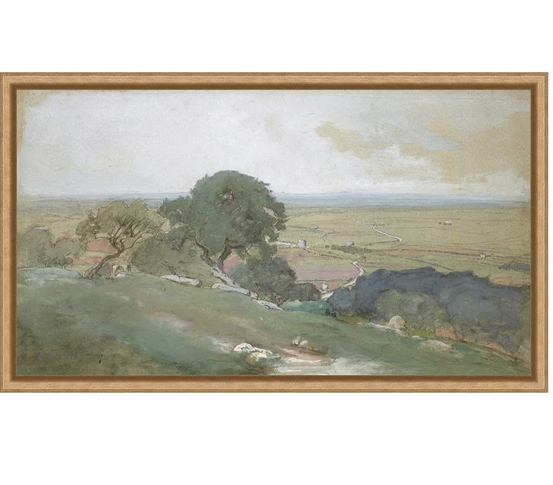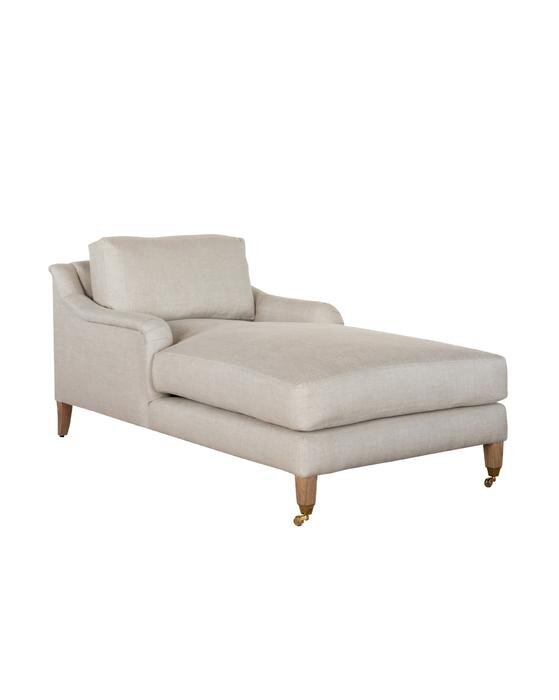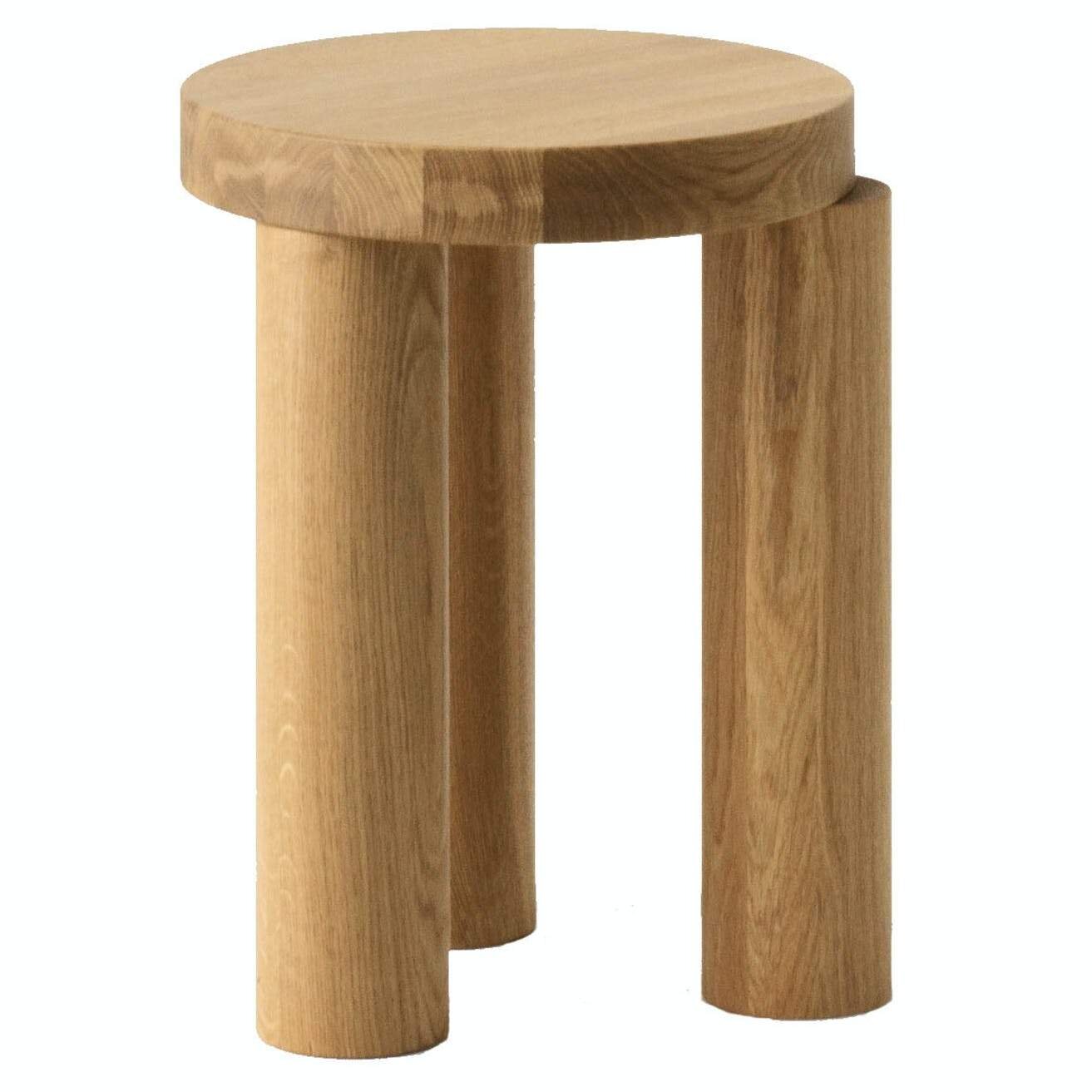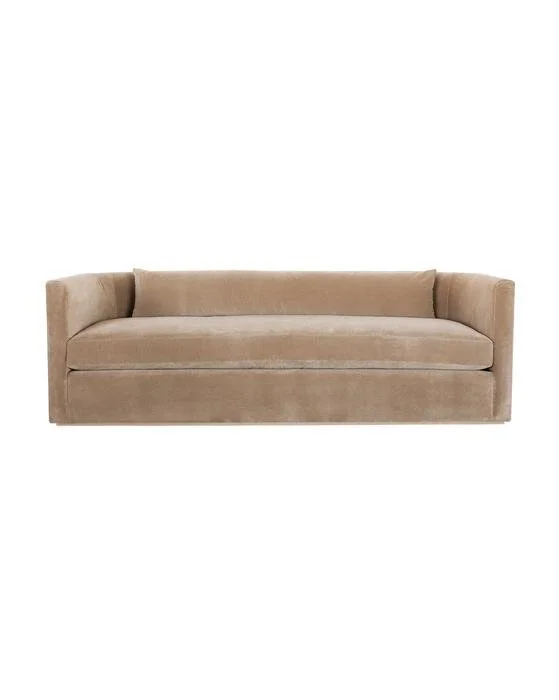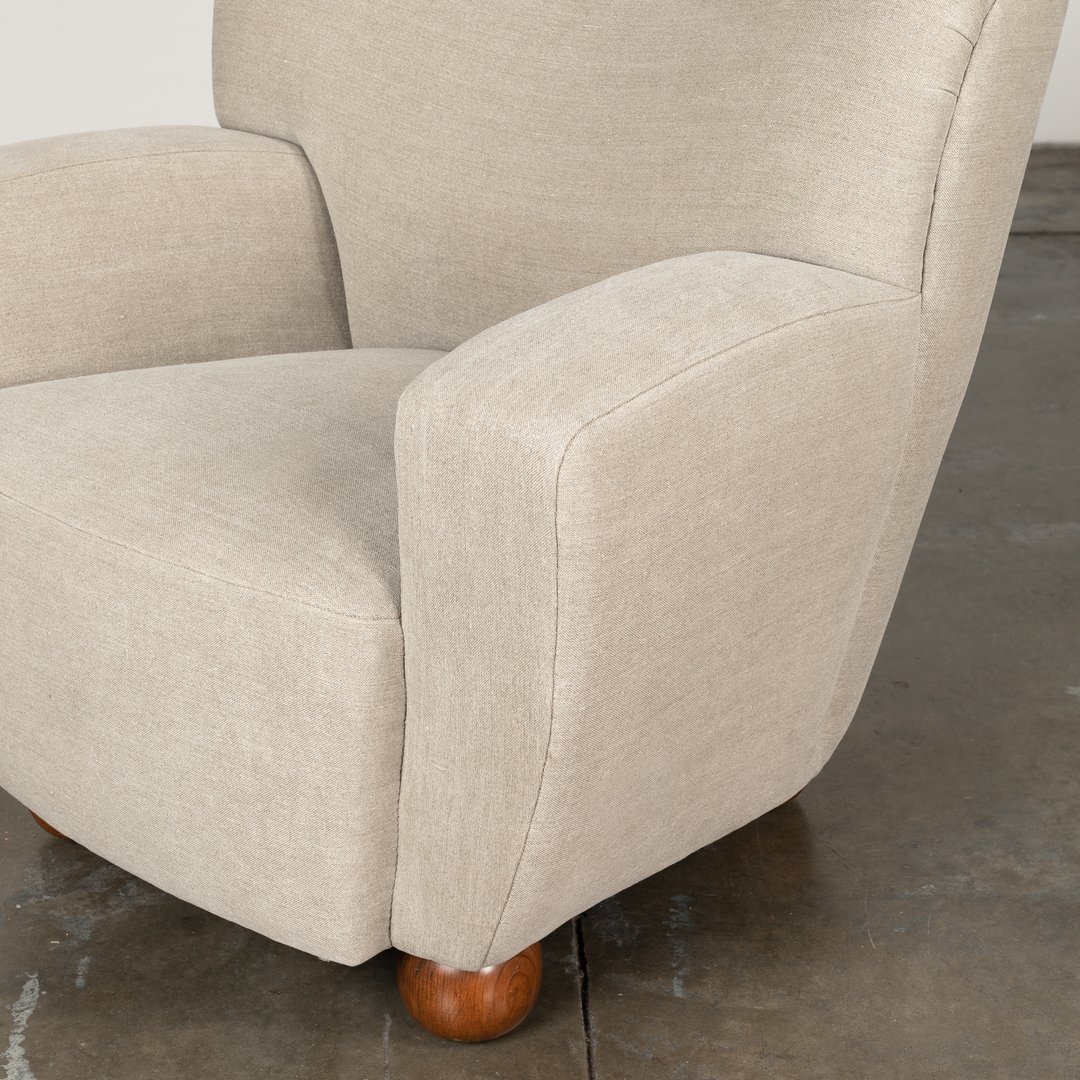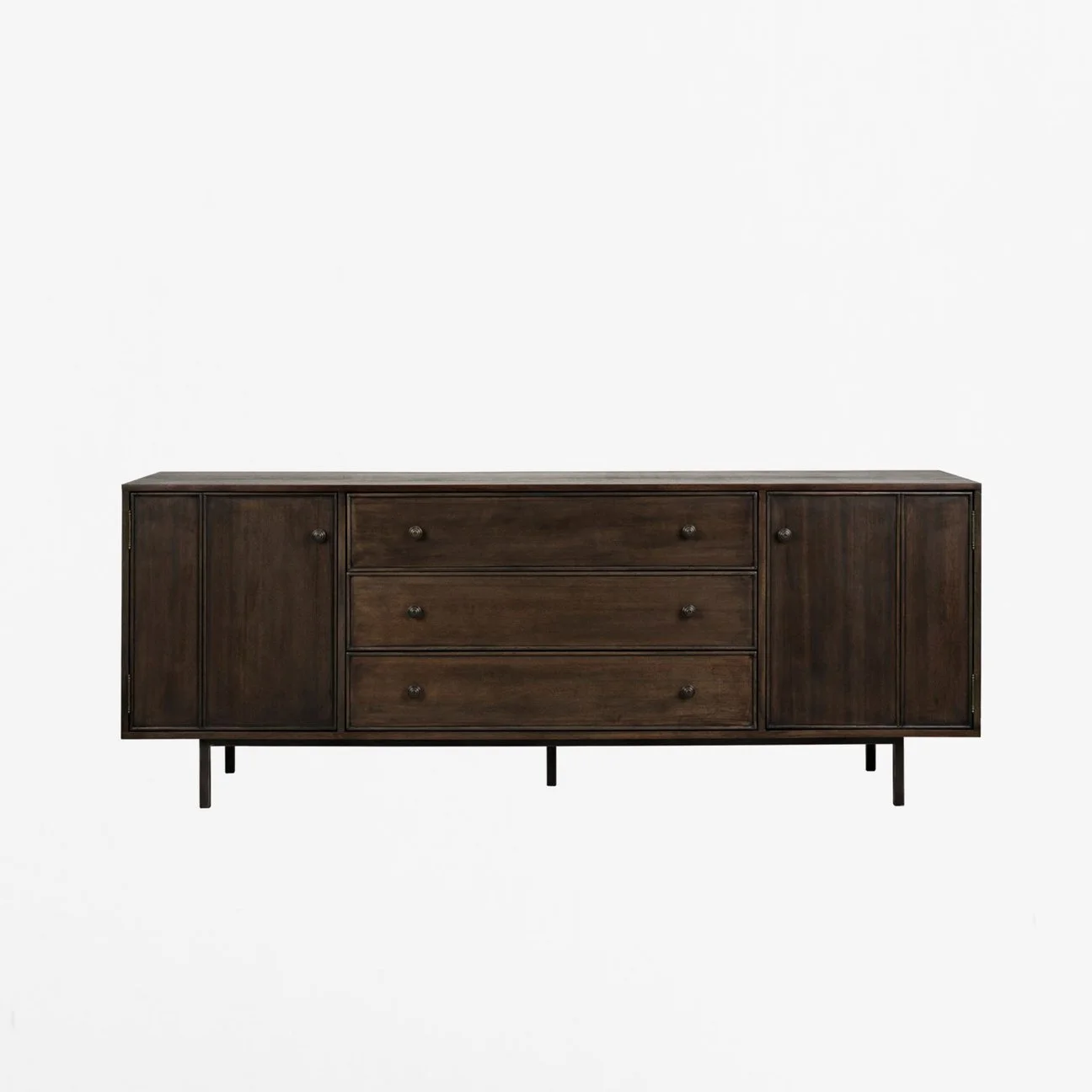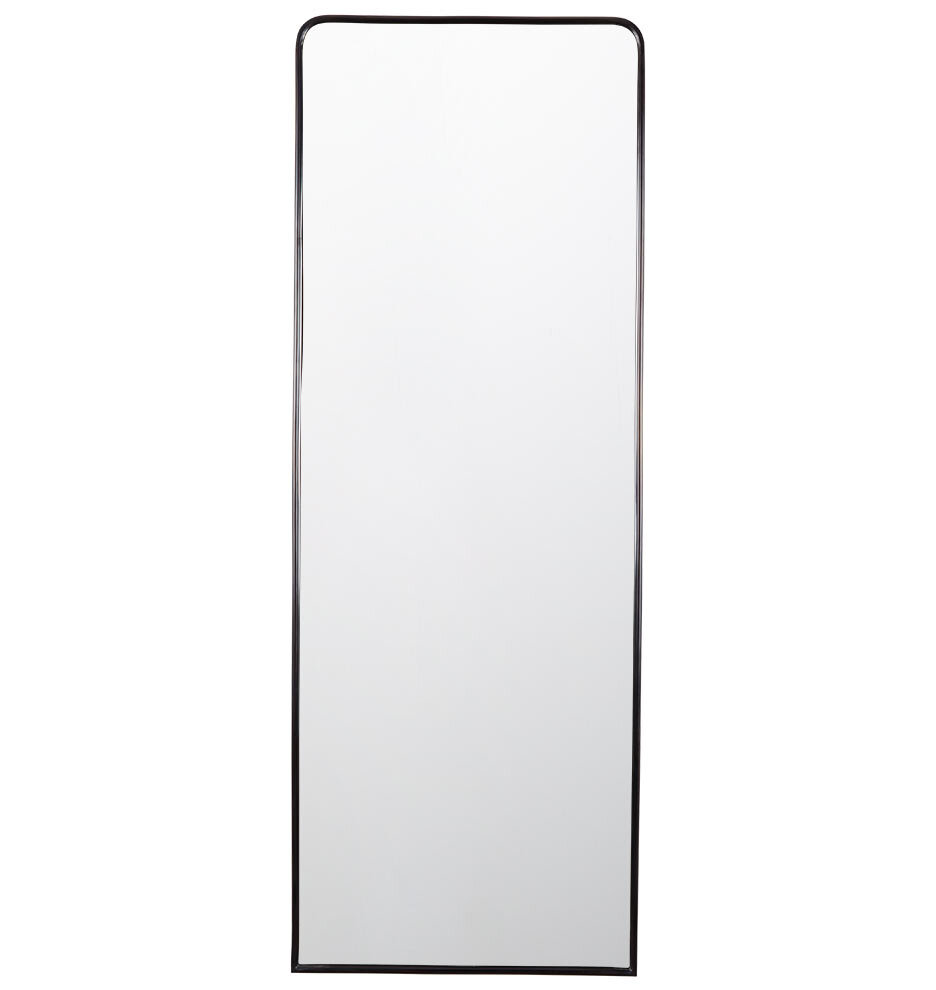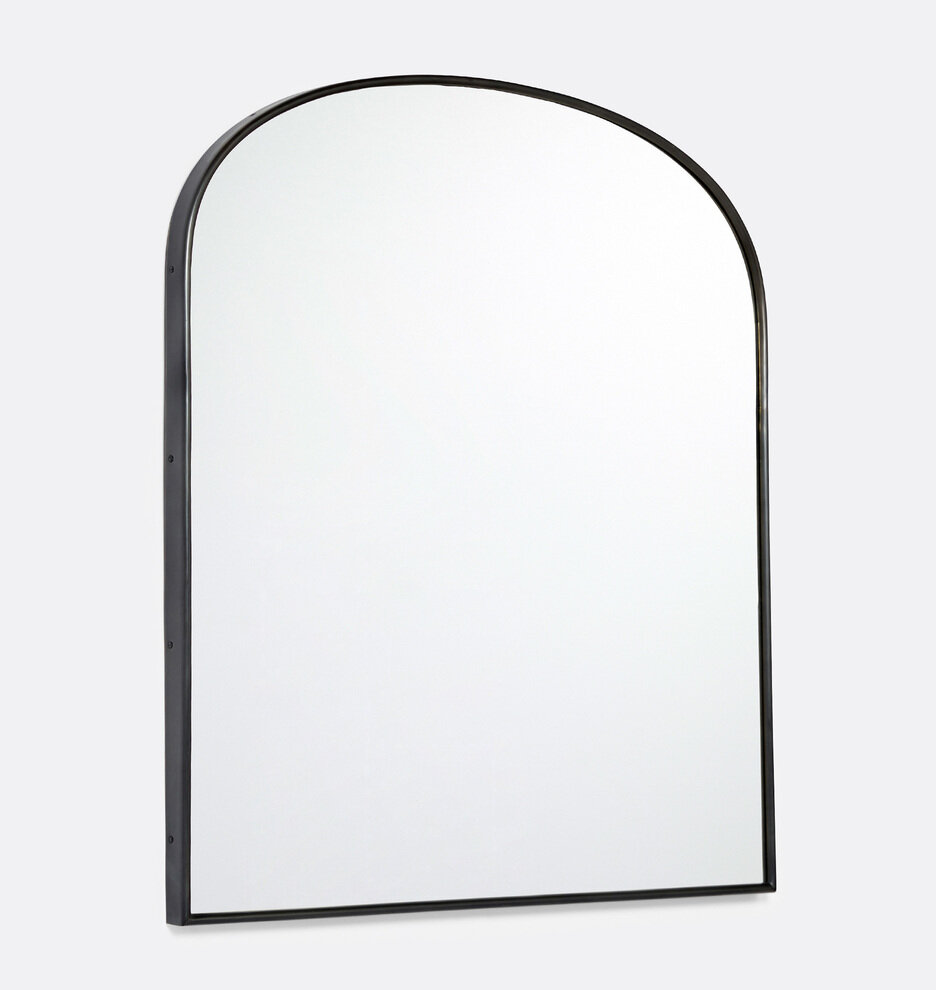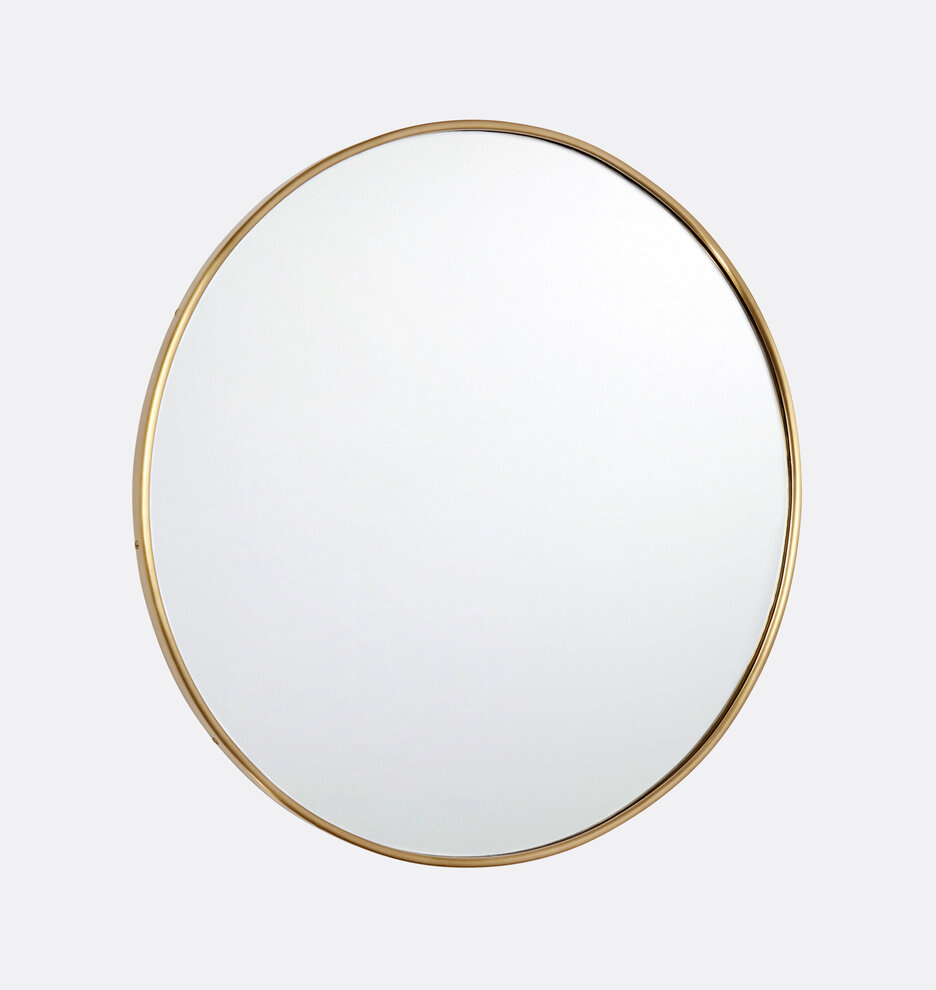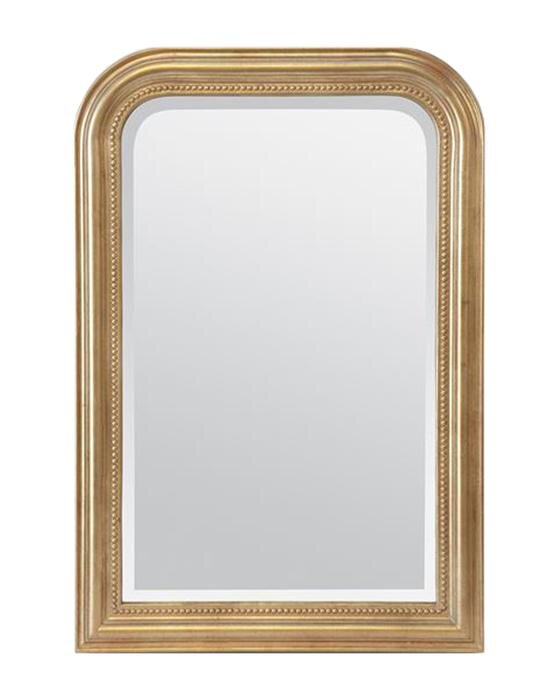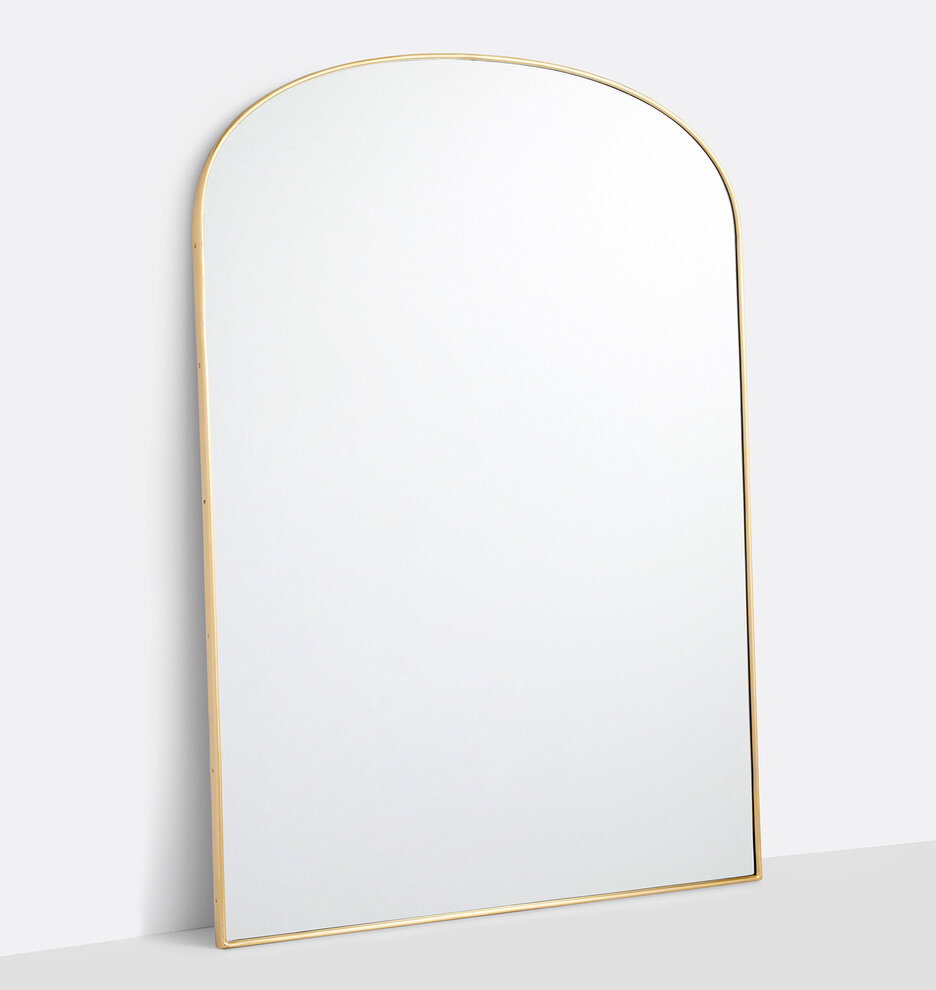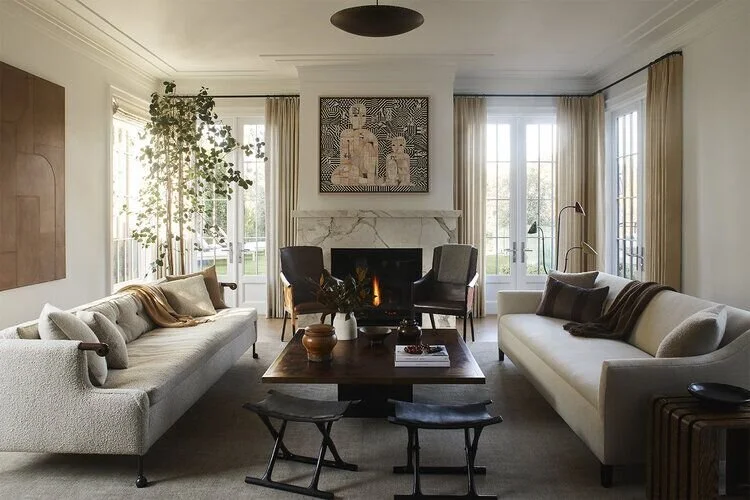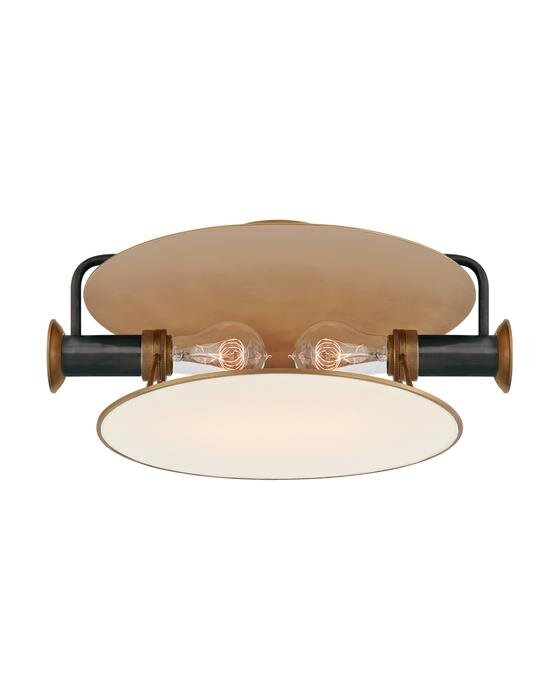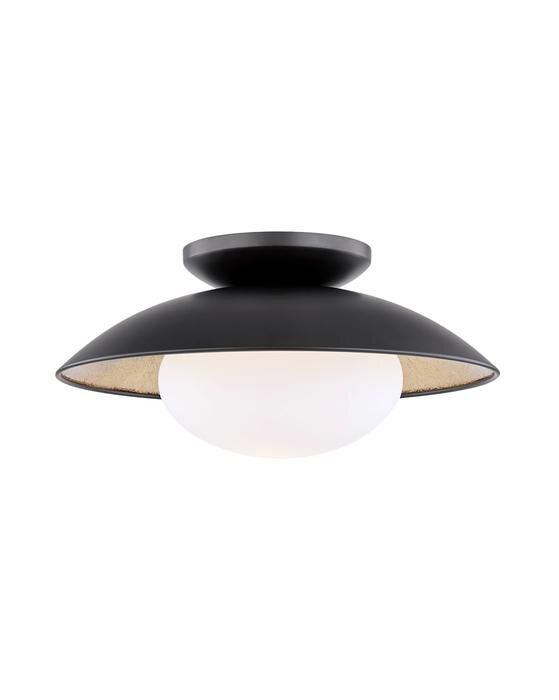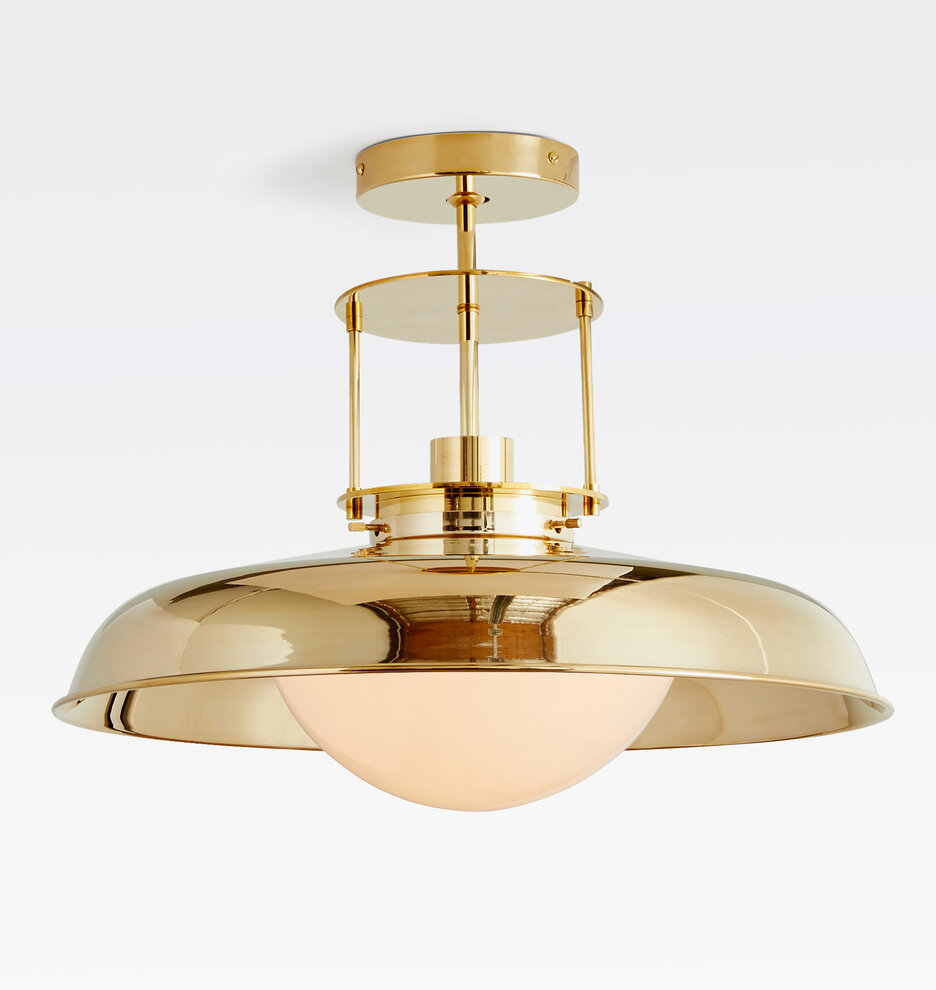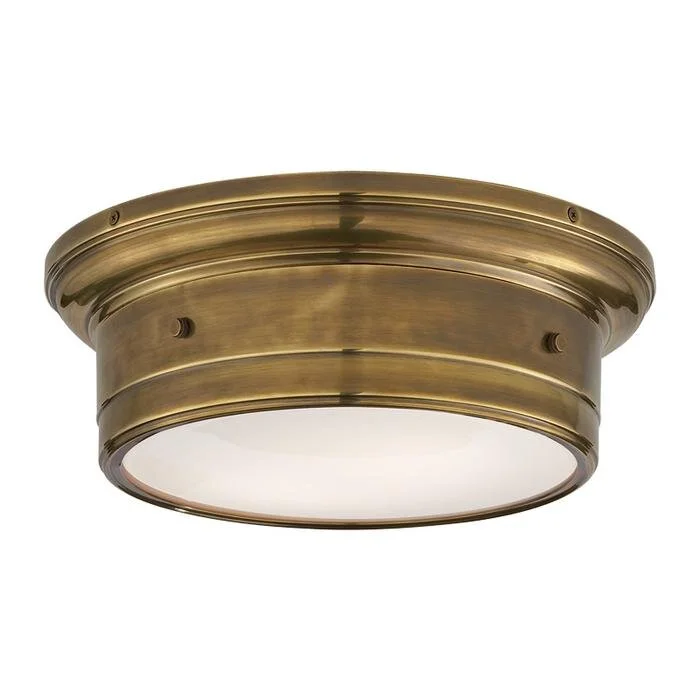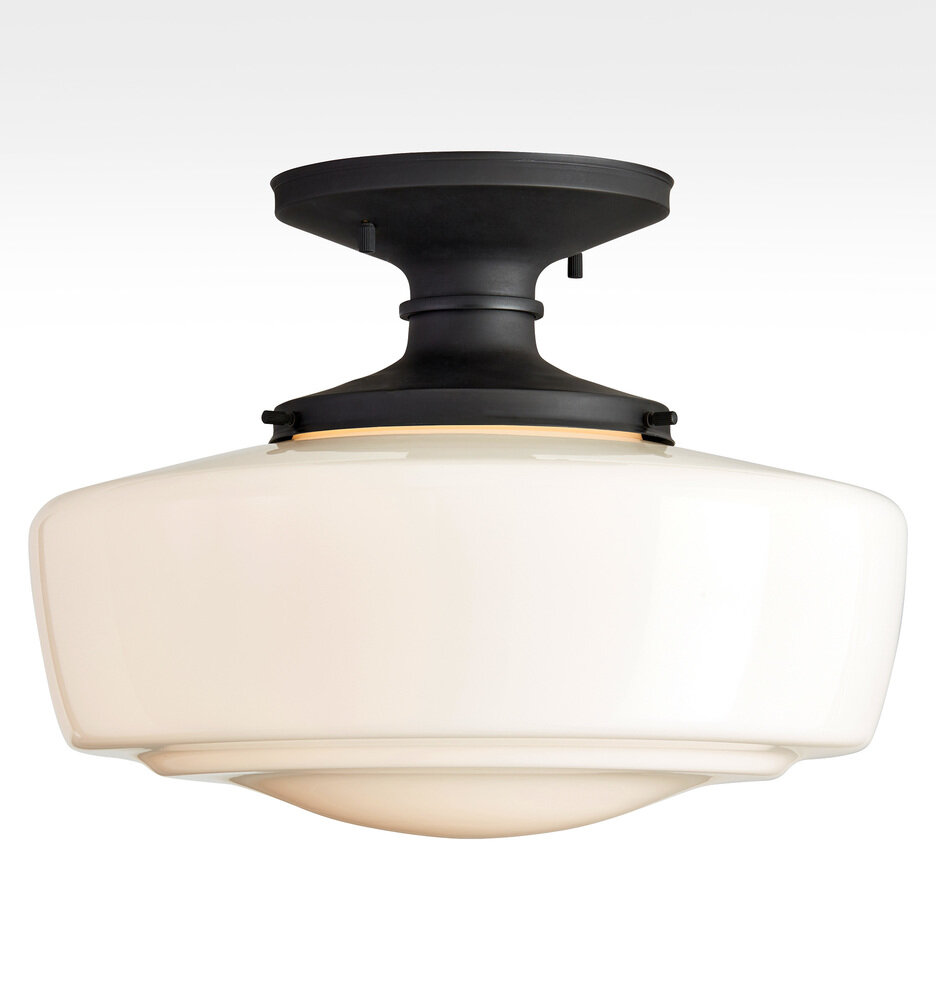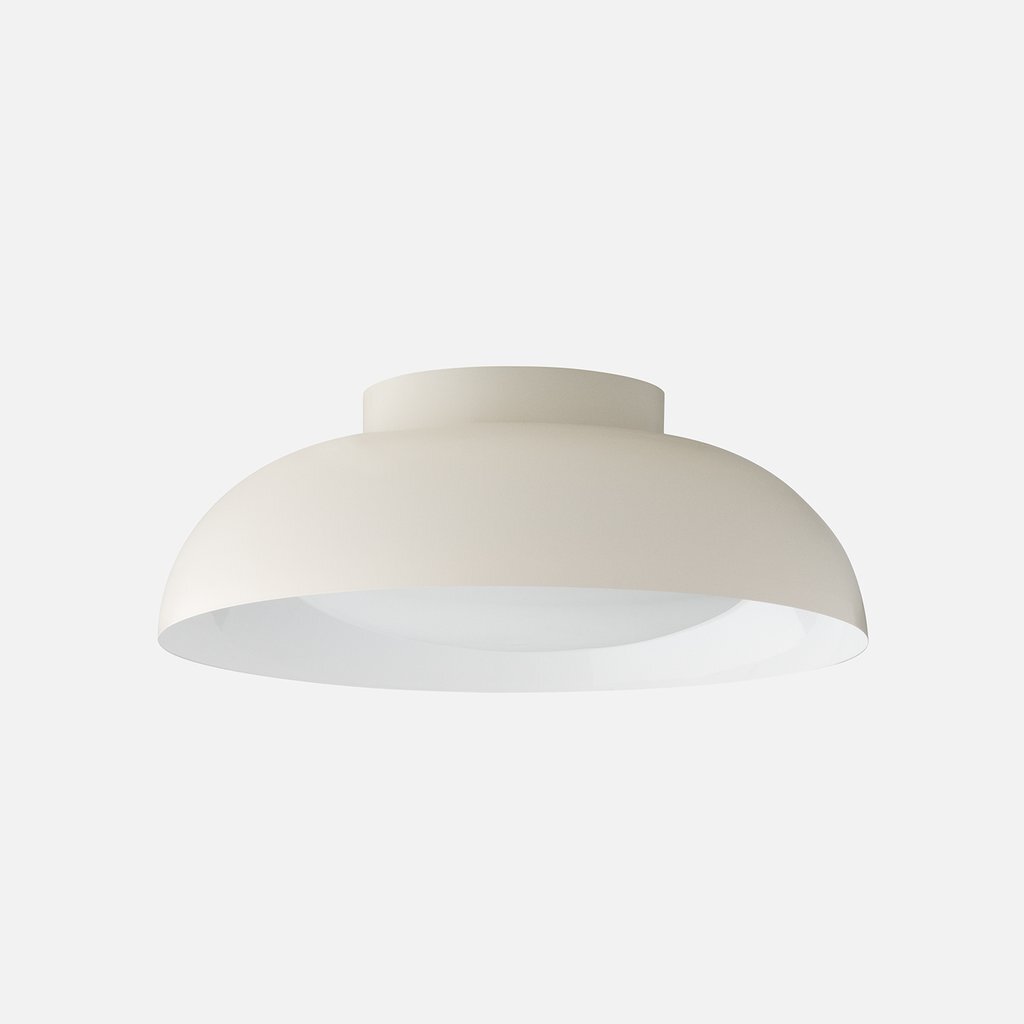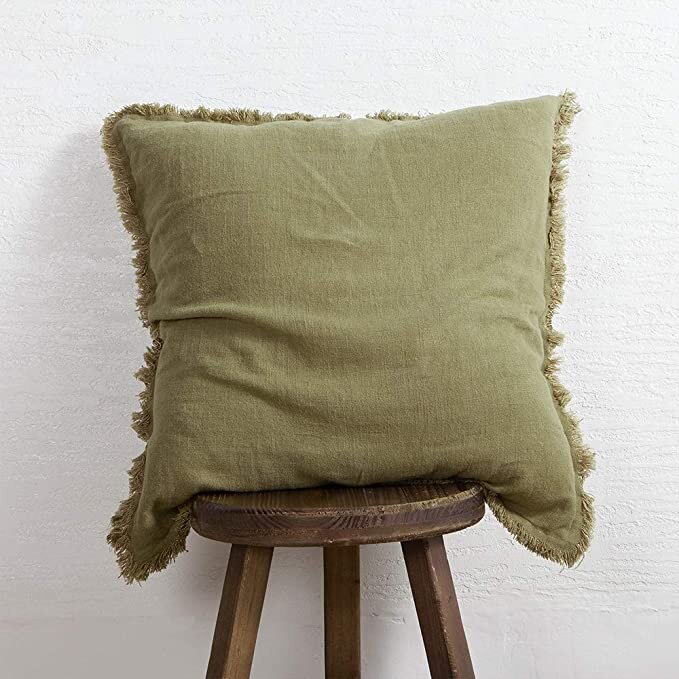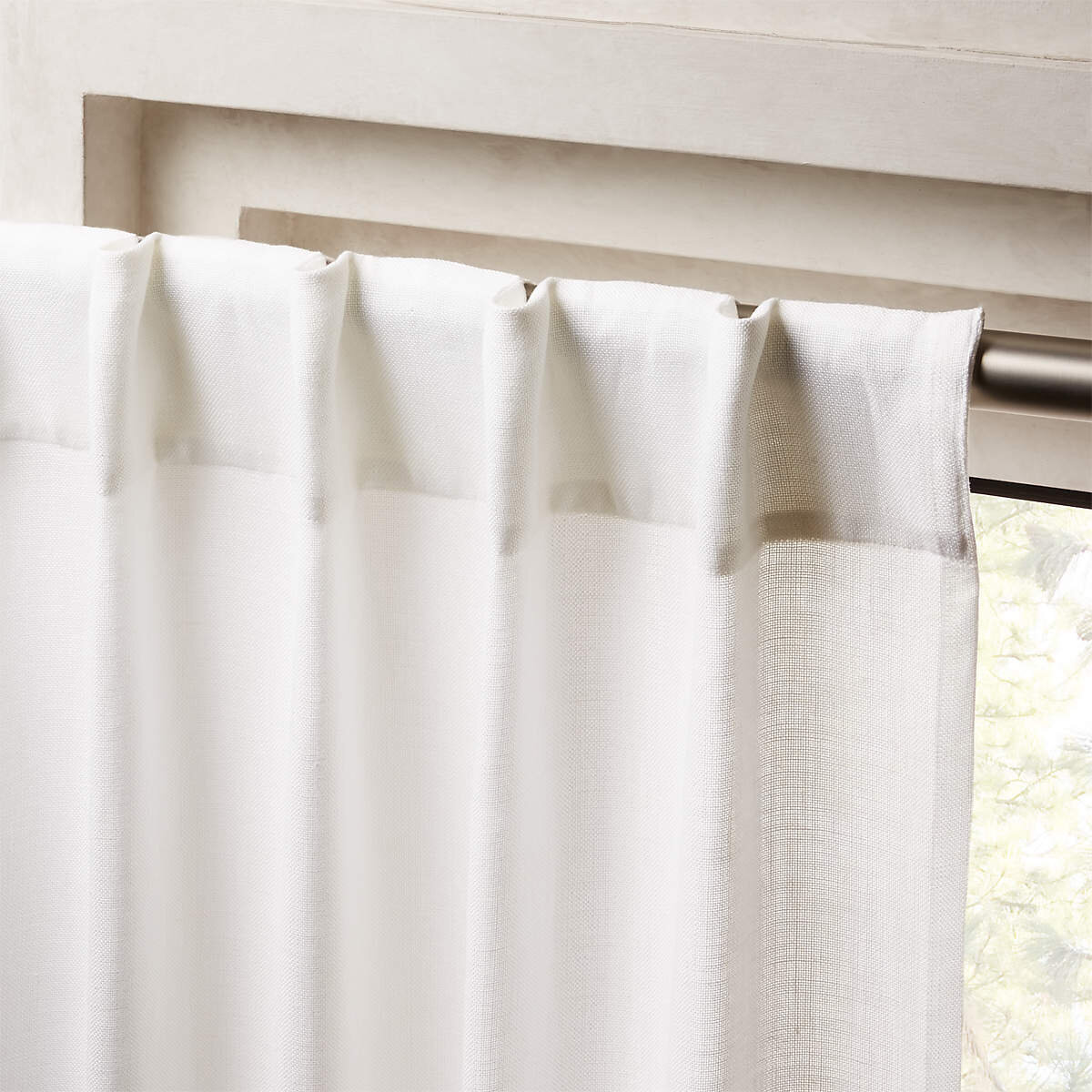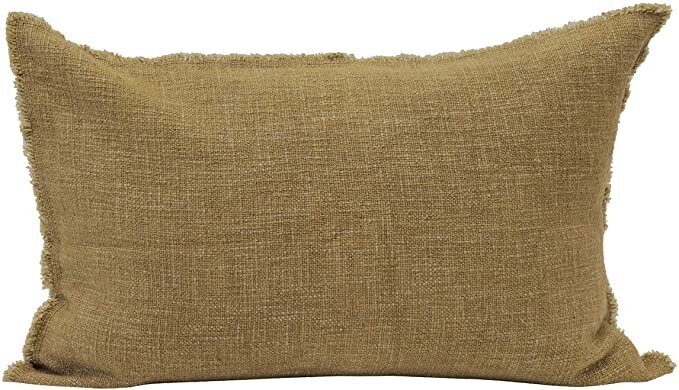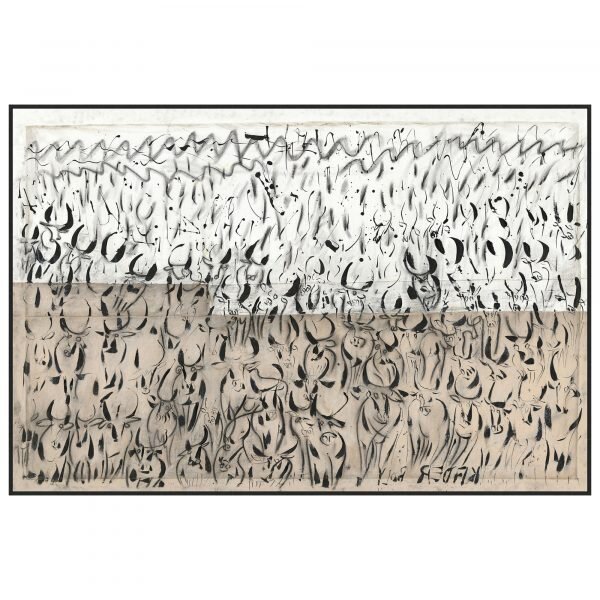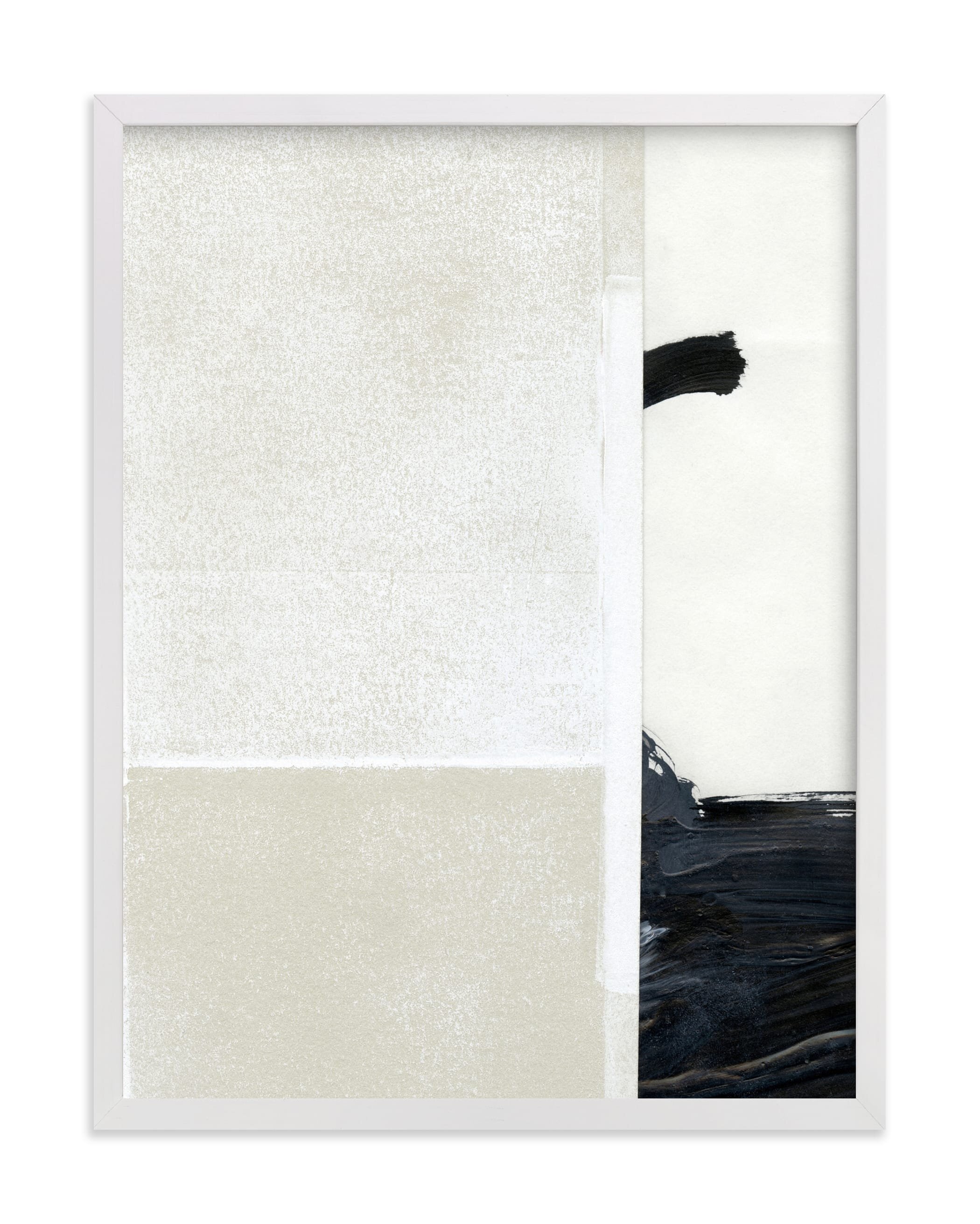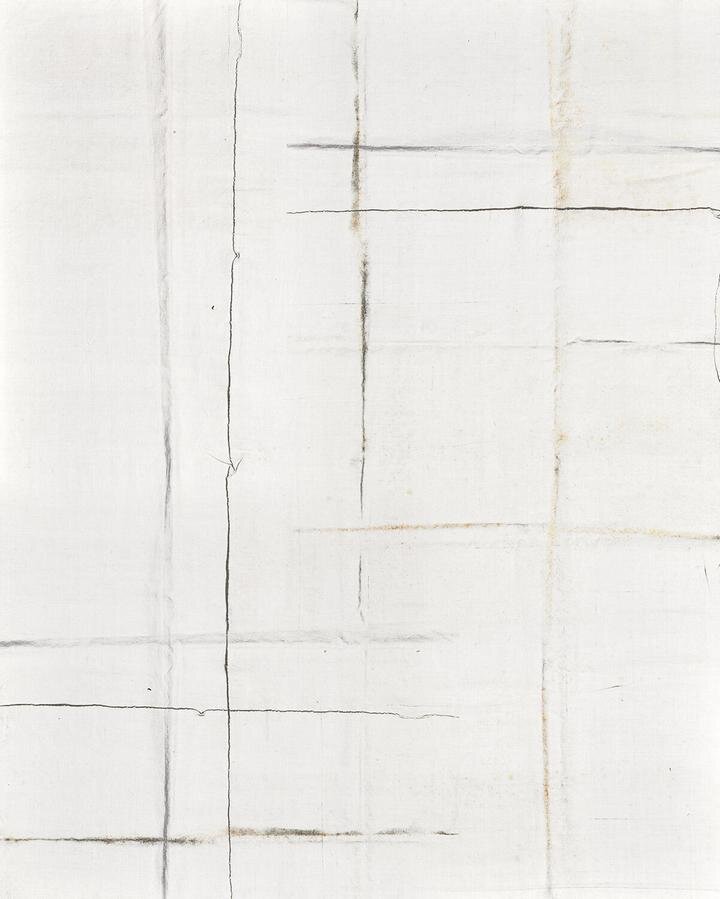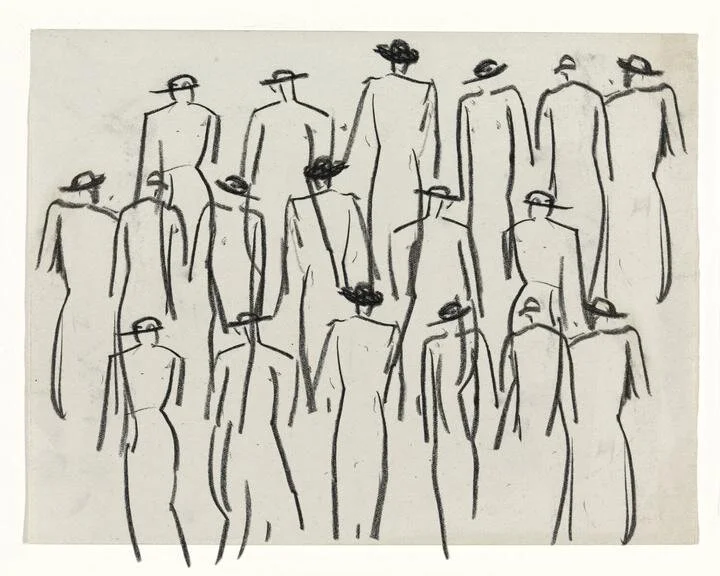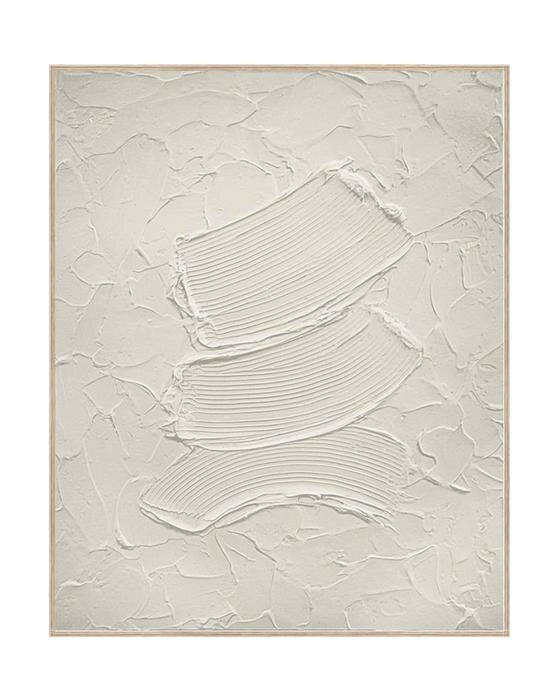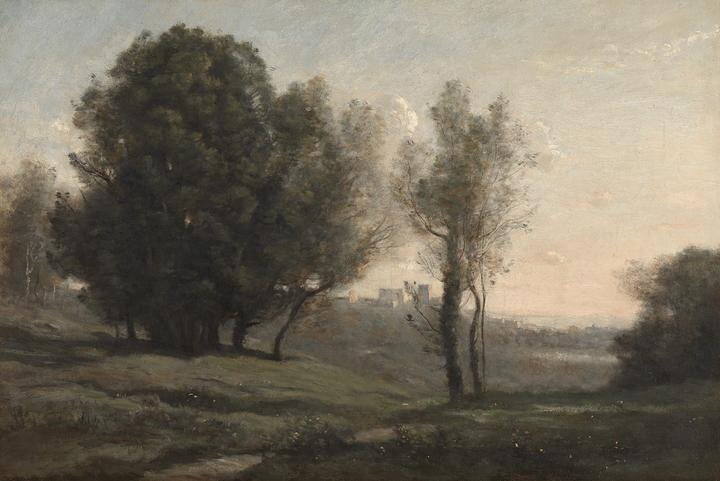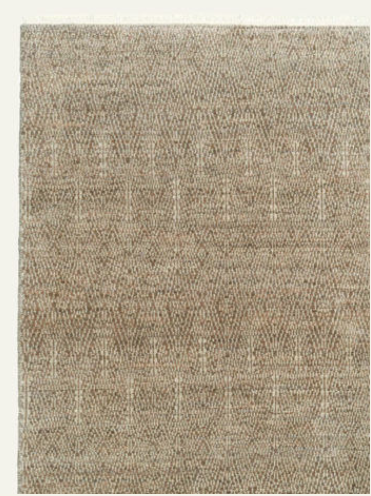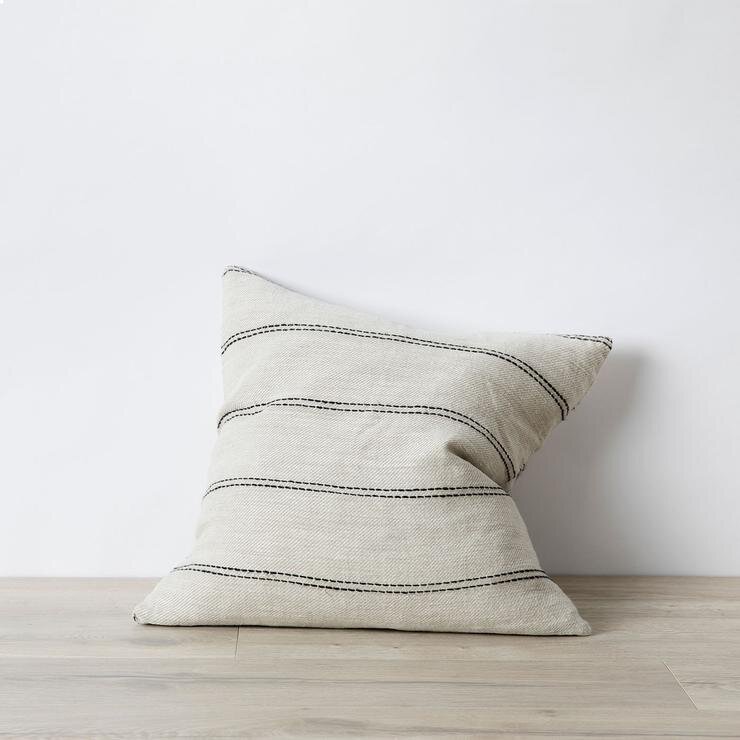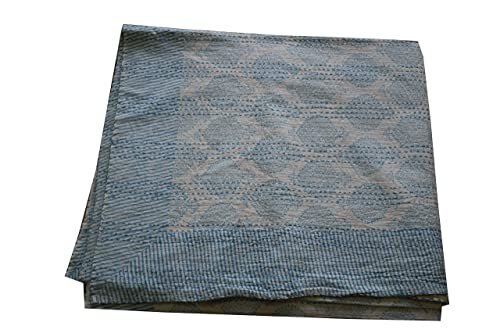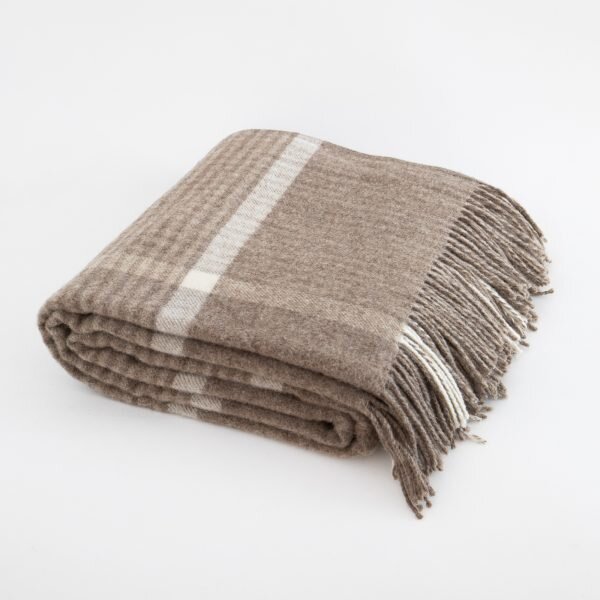How To: Make Small Spaces Feel Larger
With projects all over the country, it’s always interesting to see the contrasting size of homes and rooms in different cities. A common theme with the older, more central homes, is the minimized size of everything.
It’s hard to replicate the charm these homes bring. When done well, they can feel like the epitome of home - cozy and warm. But too often, they come with their unique set of challenges that can be hard to design around. Today, we are breaking down our top tips for designing in smaller space and how you can make them feel larger while keeping that sense of warmth.
1. Think Minimal / Reduce Clutter
Via Pinterest
In smaller spaces you need to be extra conscious about what you are bringing into the room and why. The more pieces you bring in, whether that be furniture, styling items, books, art, etc., the more cluttered it will feel. This is the time to really pare down and concentrate on the pieces that inspire you the most. This is not the place for your tchotchke’s to shine. We’ll find a home for them elsewhere!
2. Use Large Furniture
Via AD
This tip might be a bit controversial. We believe the rule of scaling down your furniture to the size of the room is outdated. Bringing in less but larger pieces to fill the room makes it feel balanced and extra cozy. Rather than having a cramped room full of multiple smaller sized pieces, go for one large statement piece, like this sofa and oversized ottoman.
3. Add a Mirror
Light and Dwell
This one is key to making any space look larger, no matter how small! Mirrors reflect light and create depth in a room that would not be there otherwise. There’s no better way to trick the eye into thinking a space is larger than it is and it works in any room.
4. Canned Lighting or Flushmount
DISC Interiors
A smaller room can be a great place to use canned or flush mount lighting. Because of it’s low-profile, adding a smaller light closer to the ceiling, can make the room appear larger and even the ceiling seem higher.
5. Paint Colors
Light and Dwell
Now this tip depends on the room’s interior. We recommend painting smaller spaces white IF the room has windows. If NO windows, we suggest going with a darker, more moody color. Dark walls can add architectural interest to a small space and really makes the design stand out, no one will even notice the size of the room.
6. Light / Airy Textiles
Via Pinterest
Try and avoid heavy materials when choosing your textiles, we’re looking at you blackout curtains. Instead choose lighter, airy materials such as linen and cotton, Their softness will translate through the design as a more open, and inviting space.
7. Use Full Wall Space
Brandon Fontenot Interiors
This one may contradict our first point but that’s what’s fun about design - sometimes breaking the rules pays off! By using the full space of a wall, you can help to emphasize the vertical and create the illusion of more space. What your room may be lacking in square footage, make up for it with an emphasis on height using oversized art or a gallery wall.
8. Keep Patterns Neutral
Nicolas & Charlotte Horsch
Avoid busy patterns and overwhelming colors. If you have a piece that you can’t live without, consider placing it on one accent wall rather than using the same colors/patterns throughout the entire room. And whenever possible, keep it neutral.


